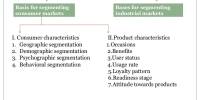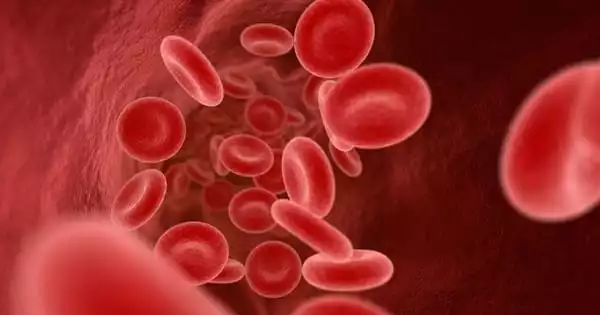Service marketing triangle–a dynamic model where there are three interlinked groups that work together to develop, promote, and deliver services. These key players are labeled on the points of the triangle – Company, Customer, Providers. Between these three points on the triangle, there are three types of marketing that must be successfully carried out for a service to succeed – external marketing, internal marketing, and interactive marketing. All these activities revolve around making and keeping promises to customers. For services, all three types of marketing activities are essential for building and maintaining relationships with customers. Those are described below:

External Marketing-Making Promises
Through these efforts a company makes promises to its customers regarding what they can expect and how it will be delivered. Traditional marketing activities such as advertising, sales, special promotions, and pricing facilities this type of marketing, but for services, other factors also communicate the promises to customers. The service employees, the design and decor of the facility, and the service process itself also communicate and help to set customer expectation. Service guarantees and two-way communication are additional ways of communicating service promises. Unless consistent and realistic promises are set via all of these external communication vehicles, a customer relationship will be off to a shaky beginning. Further, if there is tendency to over promise, the relationship may also be off to weak beginning.
Interactive Marketing-Keeping Promises
External marketing is just the beginning for services marketers – promises made just to keep. Keeping promises is the second type of marketing activities captured by the triangle and is the most critical from the customer’s point of view. Services promises are most often kept or broken by the employees of the firms or by the third party providers, most often in real time. Sometimes service promises are even delivered through technology, as discussed a bit later. Interactive marketing occurs in the moment of truth when the customer interacts with the organization and the service is produced and consumed. Interestingly, promises are kept or broken and the reliability of service is tested every time the customer interacts with the organization.
Internal Marketing-Enabling Promises
This is the third phase that takers place through the enabling of promises. In order fro providers and service systems to deliver on the promises made. They must have skills, abilities, tools, and motivation to deliver. In other words, they must be enabled. These essential services marketing activity has become known as internal marketing. Promises area to make, but unless providers are recruited, trained, provided with tools and appropriate internal systems, and rewarded for good service, the promises may not be kept. Internal marketing also hinges on the assumption that employee satisfaction and customer satisfaction are inextricably linked.
















